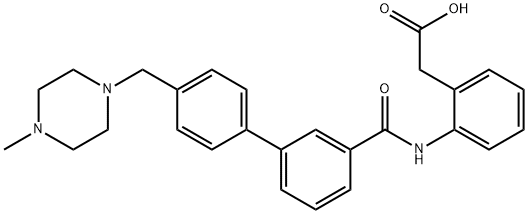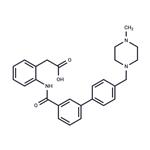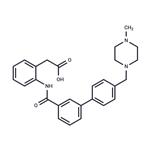NF-56-EJ40 is bound deep inside the hydrophobic pocket, with the acid group coordinated by the hydroxyl groups of the conserved residues Y83 2.64 and Y30 1.39 on one side, and R281 7.39 on the other side. The conserved E18 1.27 is predicted to form an additional hydrogen bond to the piperazine ring of NF-56-EJ40. E22 1.31 and N274 7.32 in human SUCNR1 are replaced by K181.31 and K269 7.32 in rat SUCNR1. These two amino acid exchanges could prevent the binding of NF-56-EJ40 to rat SUCNR1 owing to steric hindrance. Radioligand-binding studies with human SUCNR1 showed partial agreement with our homology model: the Y30 1.39 F mutant of human SUCNR1, showing reduced binding of NF-56-EJ40. Similar effects are observed with the E18 1.27 K and E18 1.27 R mutants, probably owing to steric clashes of the Lys and Arg residues with NF-56 -EJ40 and the loss of a h ydrogen bond to its piperazine ring.
Human SUCNR1 residues are introduced into rat SUCNR1 to form the double mutant K18 1.31 E/K269 7.32 N (hereafter denoted humanized rat SUCNR1) ( K i of 17.4 nM and 33.5 nM for human and humanized rat SUCNR1, respectively). NF-56-EJ40 increases the thermal stability of both humanized rat SUCNR1 and human SUCNR1, but not that of rat SUCNR1.


